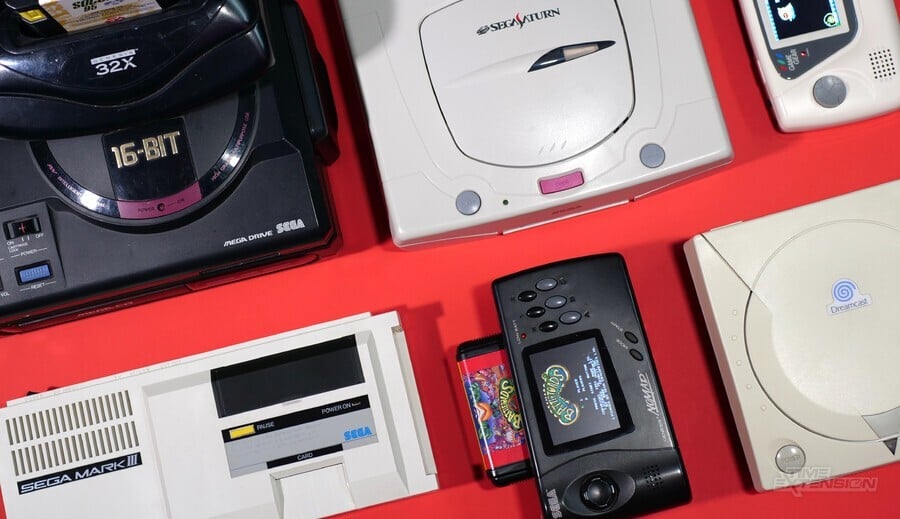
While Sega is no longer actively involved in creating video game hardware, there was a time when it was one of the most important console makers in the world. In its epic '90s battle with Nintendo, Sega created some of the most exciting pieces of software the industry had ever seen, and its systems were viewed as the choice of the 'hardcore' for many years – right up to 2001 when it announced it was exciting the hardware sector to become a third-party publisher.
We recently set you the rather fiendish task of picking your favourite Sega console of all time, and the results are now in. Loads of votes were cast in this poll, and we've presented the ranking below. Rather than base this on our own opinion, we thought it would be fairer for the list to be decided by public vote.
With that out of the way, let's get stuck in, shall we?
9. SG-1000 / SC-3000 / SG-1000 II

Sega's first home console was released on the very same day as Nintendo's Family Computer in Japan but sadly wasn't anywhere near as successful, despite getting two revisions (the computer-like SC-3000 and the cosmetically redesigned SG-1000 II).
Limited releases in Australia and New Zealand didn't do much to move the needle, but the console laid the foundations for the Mark III / Master System – a platform which would fare far better in both critical and commercial terms.
We're not massively shocked to see the SG-1000 so far down this list; its limited distribution and tiny library mean that it simply didn't get the chance to make that much of an impact – but it's an interesting footnote in Sega's history, nonetheless.
Notable Games
- Wonder Boy
- Girl's Garden
- Flicky
8. Sega Pico
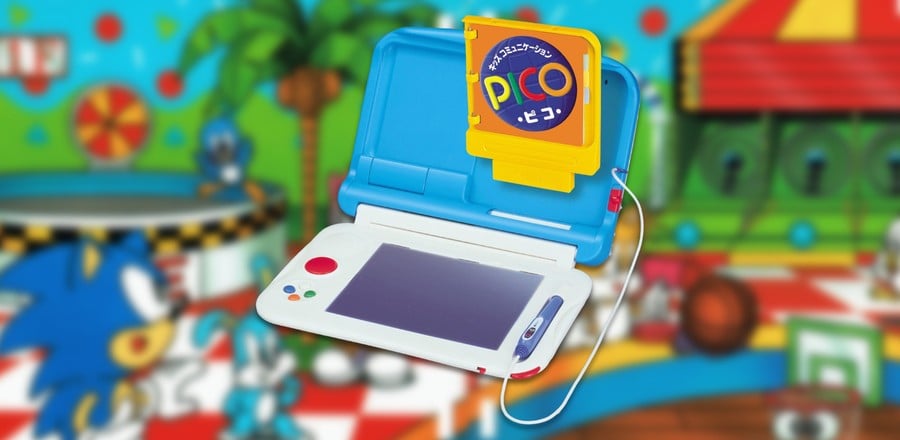
Released in 1993 as an "edutainment" platform, the Pico uses the same core tech as the Mega Drive / Genesis and offers players the ability to 'draw' on the screen using its Magic Pen accessory (it still needs to be connected to a TV, though).
With games such as Sonic Gameworld and Tails and the Music Maker, the Pico is naturally going to be of interest for hardcore Sega fans and historians, but ultimately, its focus on educational gaming and storytelling means it was never going to rank all that high in this list.
Even so, it was a moderate commercial success for the company, selling 3.4 million units and 11.2 million cartridges. It would be succeeded by the Advanced Pico Beena, a Japanese exclusive released in 2005.
Notable Games
- Sonic Gameworld
- Tails and the Music Maker
- Mickey's Blast into the Past
7. 32X

A disastrous attempt to bridge the gap between the 16 and 32-bit markets, the 32X was Sega's effort to keep its huge Mega Drive / Genesis market share by creating a bolt-on device capable of playing titles similar to that on the Saturn, its 'true' 32-bit system which launched at the same time.
The result was pretty predictable; developers picked the newer platform instead, and the 32X was swiftly discounted at retail and largely forgotten about; only 40 games were ever released for it.
While it does have some good games – Star Wars Arcade and Virtua Racing Deluxe being two notable examples – the 32X has gone down in history as one of Sega's more bone-headed moves.
Notable Games
- Knuckles Choatix
- Star Wars Arcade
- Virtua Racing Deluxe
6. Game Gear
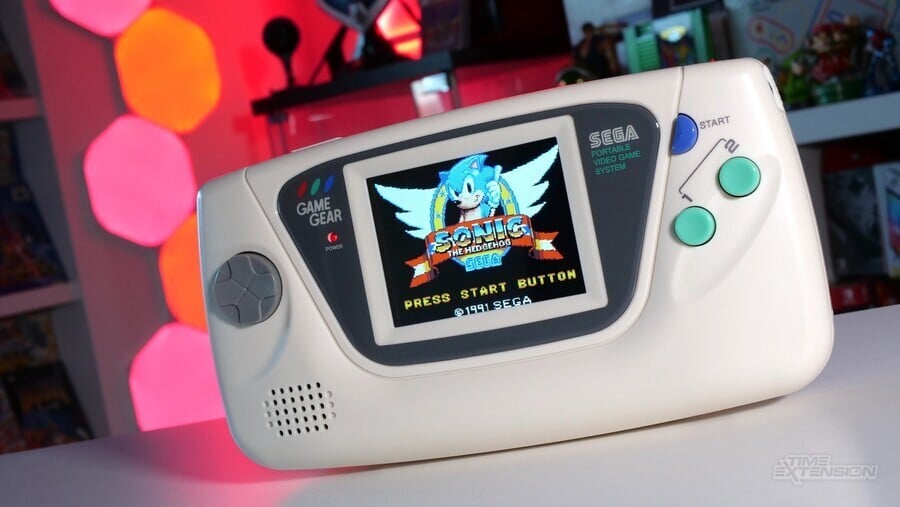
When Nintendo launched its Game Boy in 1989, it was obvious that its rivals would follow suit – and Sega caused quite the stir when it announced the Game Gear, a full-colour handheld based on its 8-bit Master System hardware.
Like fellow rivals such as the Atari Lynx and PC Engine GT, the Game Gear's biggest downfall was the fact that it consumed AA batteries with a ferocious appetite, severely curtaining its appeal as a portable system.
Still, it outlasted both the Lynx and PC Engine GT and was still getting software well into the '90s. Sega recently released a pint-sized version of the system called the Game Gear Micro.
Notable Games
5. Mega / Sega-CD / Multi-Mega
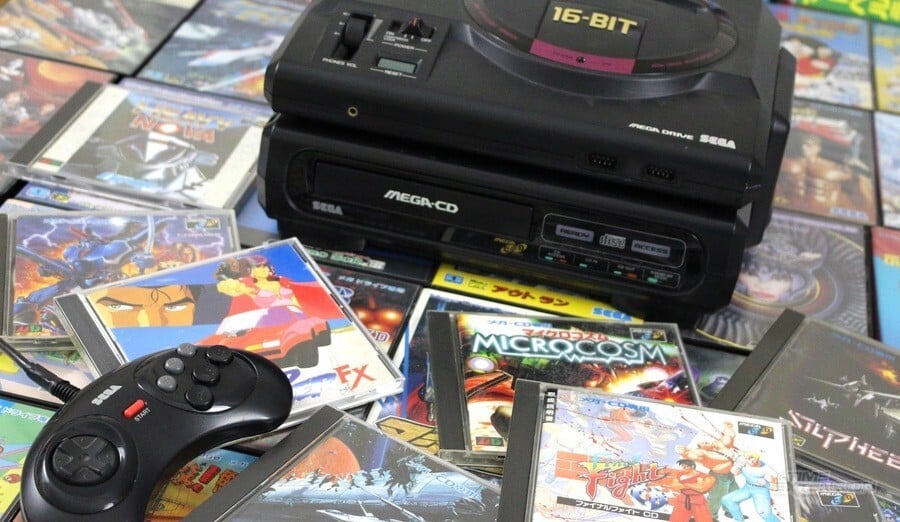
It's easy to forget the incredible promise of the humble Compact Disc today, but back in the early '90s, these shiny pieces of plastic were set to totally revolutionise the world of gaming.
ROM-based cartridges were expensive, and companies like Sega, Nintendo and NEC were constantly on the lookout for alternative ways of delivering their games. NEC jumped first, releasing a CD-ROM attachment for its PC Engine system in 1988. Although Nintendo eventually decided against releasing a similar gadget for its SNES, Sega released the Mega CD in 1991.
Offering CD-quality music, seemingly endless storage and even limited scaling and rotation capabilities, the system became the must-have item for Sega fans – until it became clear that it was being used for little more than fancy introduction sequences and better music.
Sega would release two variants – the Mega CD II and the all-in-one Multi-Mega / CD-X – but sales of just 2.24 million cannot be seen as anything but a disappointment, especially considering the huge size of the Mega Drive userbase at that time.
Notable Games
- Final Fight CD
- Snatcher
- Lunar: The Silver Star
4. Master System / Mark III
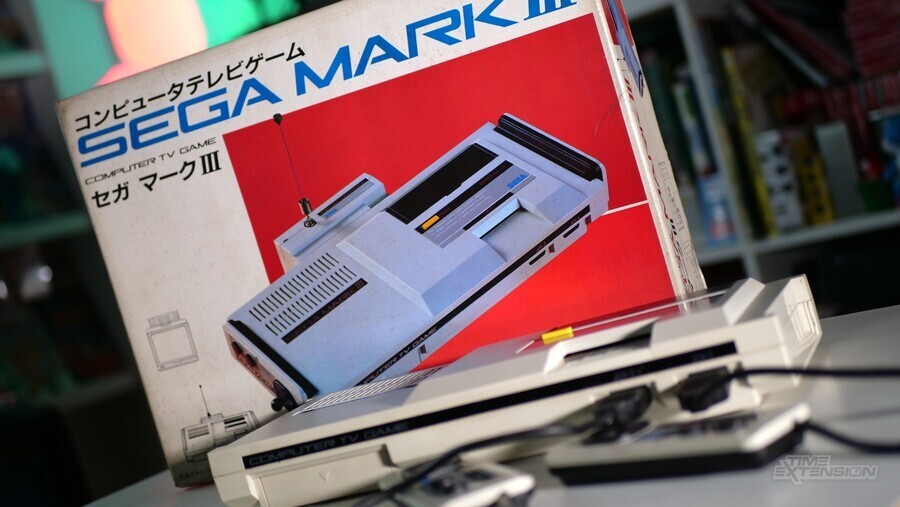
While Sega was famous during the '80s for its stunning arcade titles, it wouldn't be until the release of the Master System in the west that it became beloved in the home, too.
While the console was only a minor success in Japan and North America (it initially appeared as the Mark III in the former region), the Master System gained a massive foothold in Europe, effortlessly eclipsing the home computers that were all the rage at the time. Later, it would find even more success in Brazil, where it was distributed by Tec Toy.
The Master System may sit in the shadow of the NES in minds of many gamers, but it was an important stepping stone towards the Mega Drive / Genesis, the company's next domestic platform – and its most notable commercial triumph.
Notable Games
3. Saturn
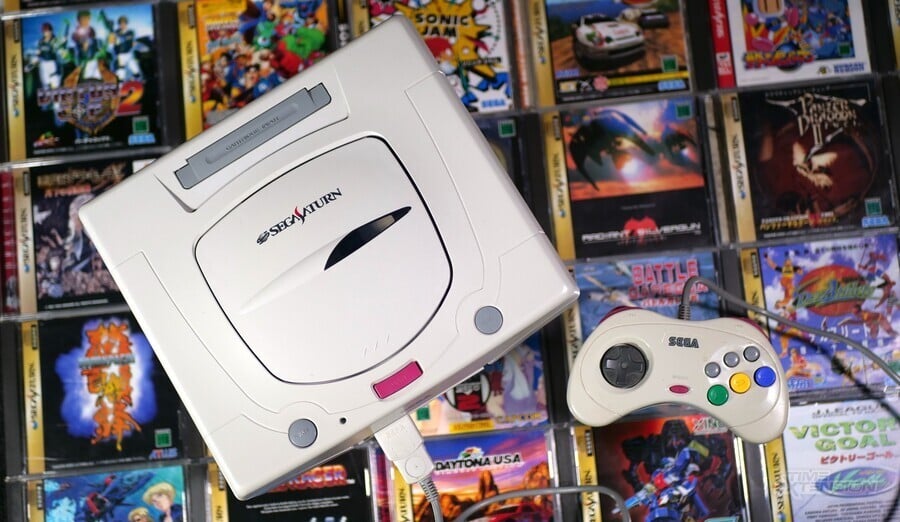
When Sega announced the Saturn, it could be forgiven for feeling pretty confident about its chances – until Sony's PlayStation turned up.
Despite boasting Sega's best arcade titles and some key exclusives such as Panzer Dragoon and NiGHTS, Saturn was soon left in the dust, at least in the west. Sony's console was a 3D powerhouse and quickly attracted the attention of pretty much every third-party publisher, while Sega's 32-bit system was seen as difficult to develop for due to its complex internals (a side-effect of Sega revising the specs when it got wind of the PlayStation's astonishing 3D prowess).
It would be easy to write off the Saturn as yet another flop, but as its position in this ranking suggests, it's home to some of the best games of the period. It was also markedly more popular in Japan than in the west and has loads of fantastic Japanese exclusives that are well worth a look.
Notable Games
2. Dreamcast
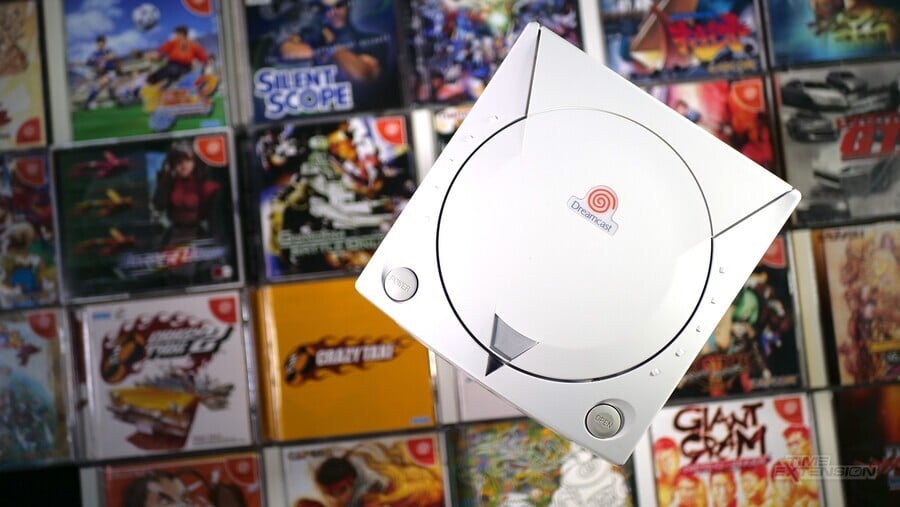
Sega's final throw of the dice in the hardware arena is a rather curious beast; in terms of pure hardware sales, Dreamcast couldn't even push past the 10 million units sold mark, which means it is eclipsed by the Mega Drive, Saturn and even the Master System – yet its reputation endures, and it is viewed as one of Sega's most popular pieces of hardware – as you can clearly see from its position in this list.
Blessed with arcade-perfect ports of some of the best coin-ops of the period – as well as titles like Shenmue and Skies Of Arcadia – it's easy to see why the Dreamcast is so beloved today, and somewhat harder to fathom quite why it didn't make a more significant impact commercially.
Notable Games
1. Mega Drive / Genesis / Nomad
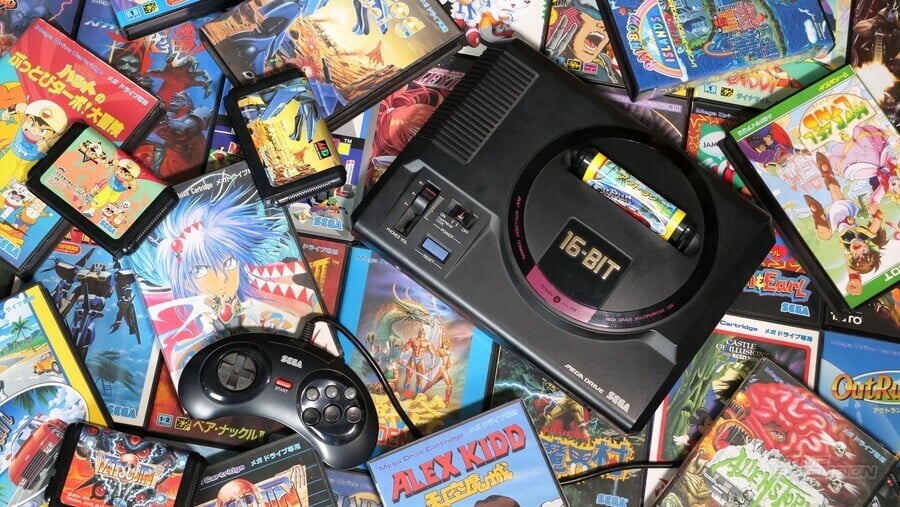
With over 30 million units sold worldwide, the Mega Drive (or Genesis, if you're from North America) is effortlessly Sega's most commercially successful home console.
Released in Japan in 1988, it quickly gained a reputation for hosting amazing conversions of arcade hits, and when the likes of Sonic, Streets of Rage and Gunstar Heroes came along, it had secured millions of fans and even managed to bloody the nose of Nintendo in the US, something that was unthinkable during the height of the NES era.
Alongside the SNES, this console helped the video game industry grow at an alarming rate, and between the two of them, they're home to some of the best video games of all time. We can't say we're massively shocked to see the Mega Drive top this list, but one thing is for sure – it deserves it.
